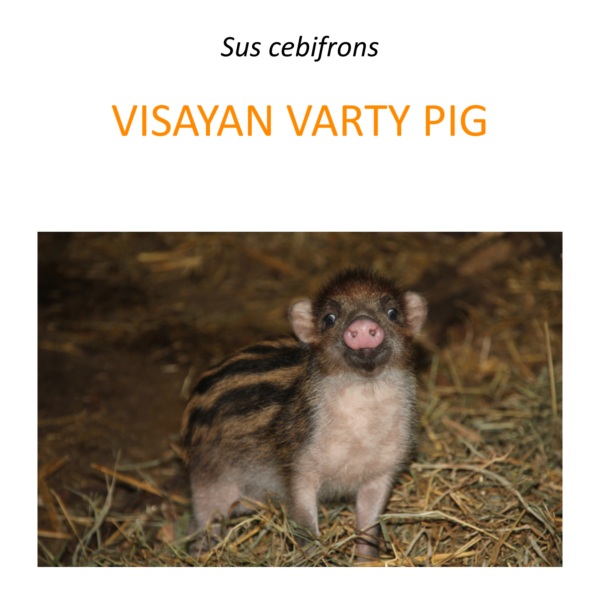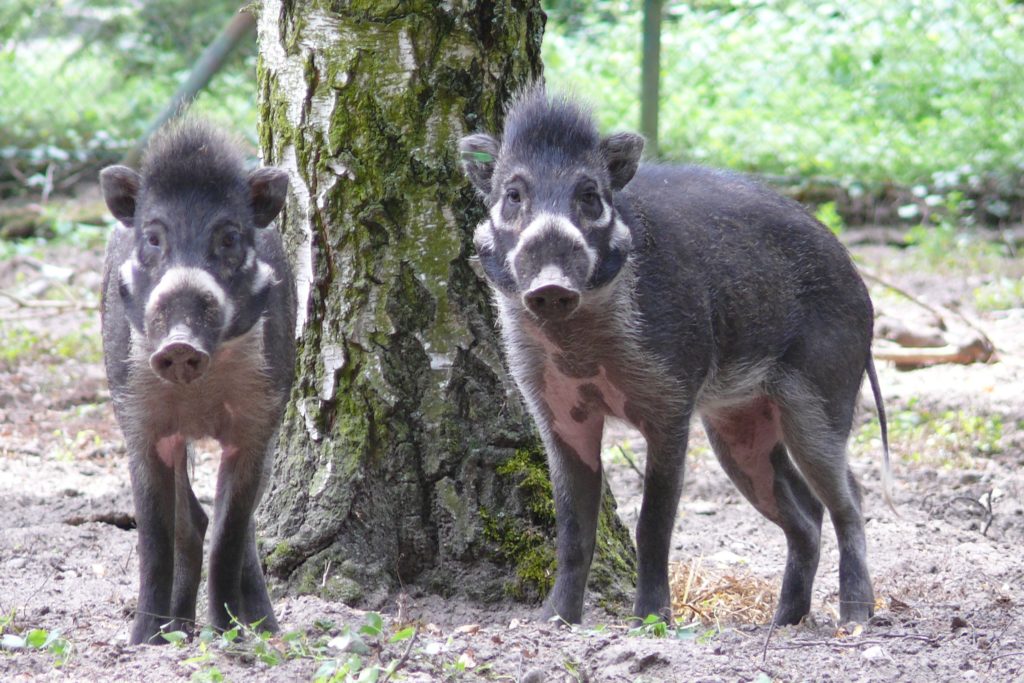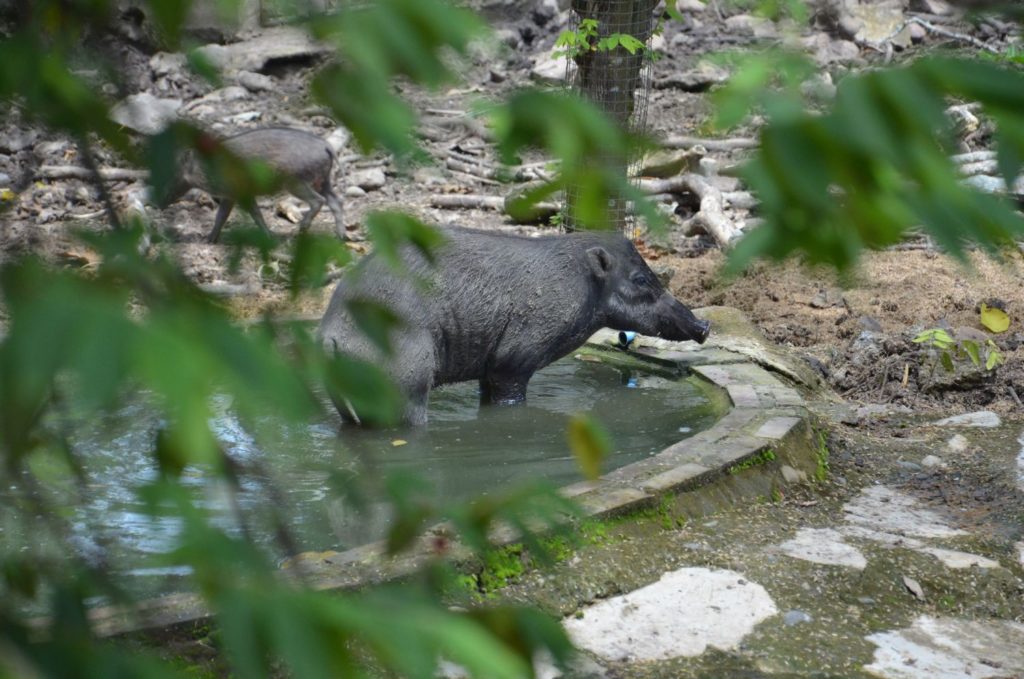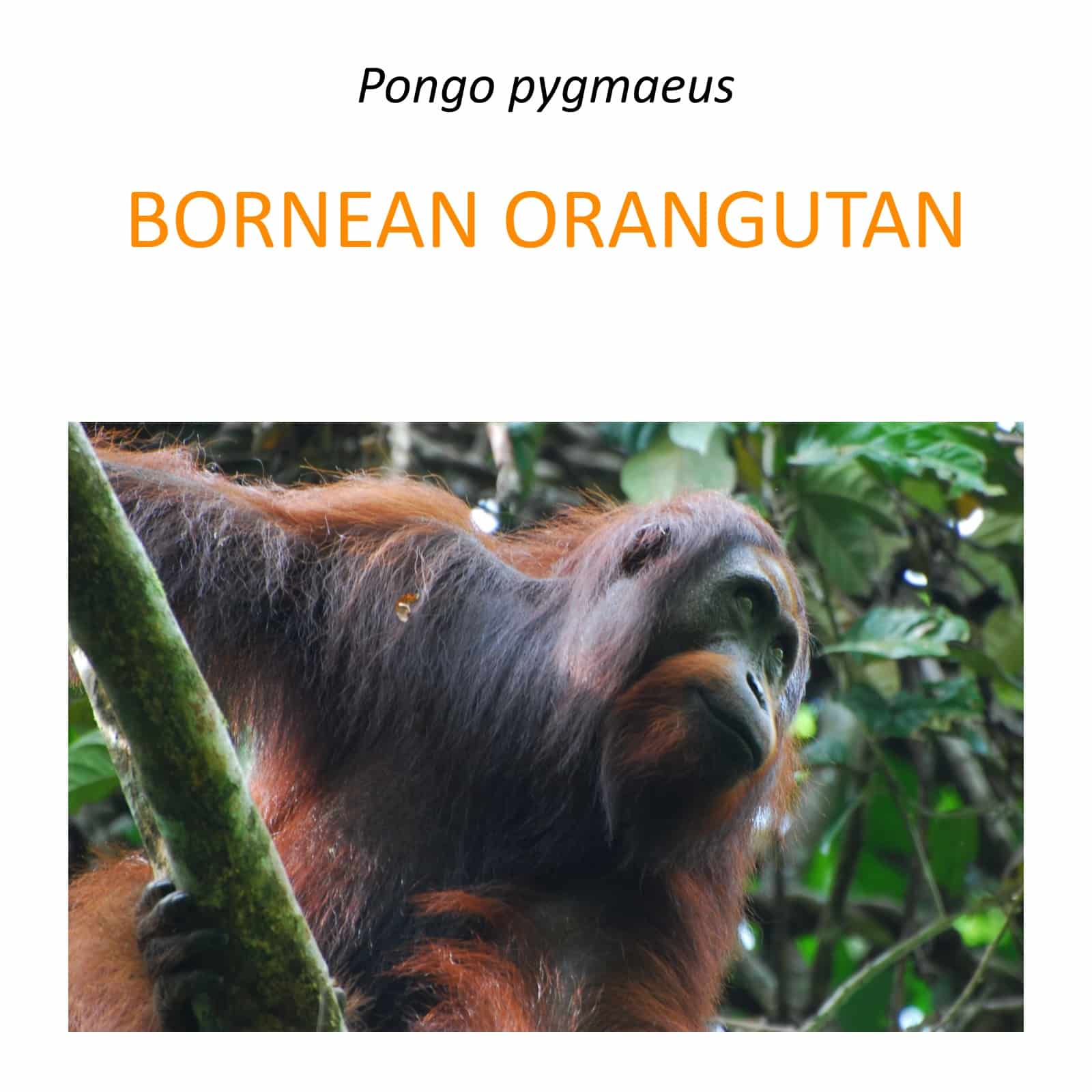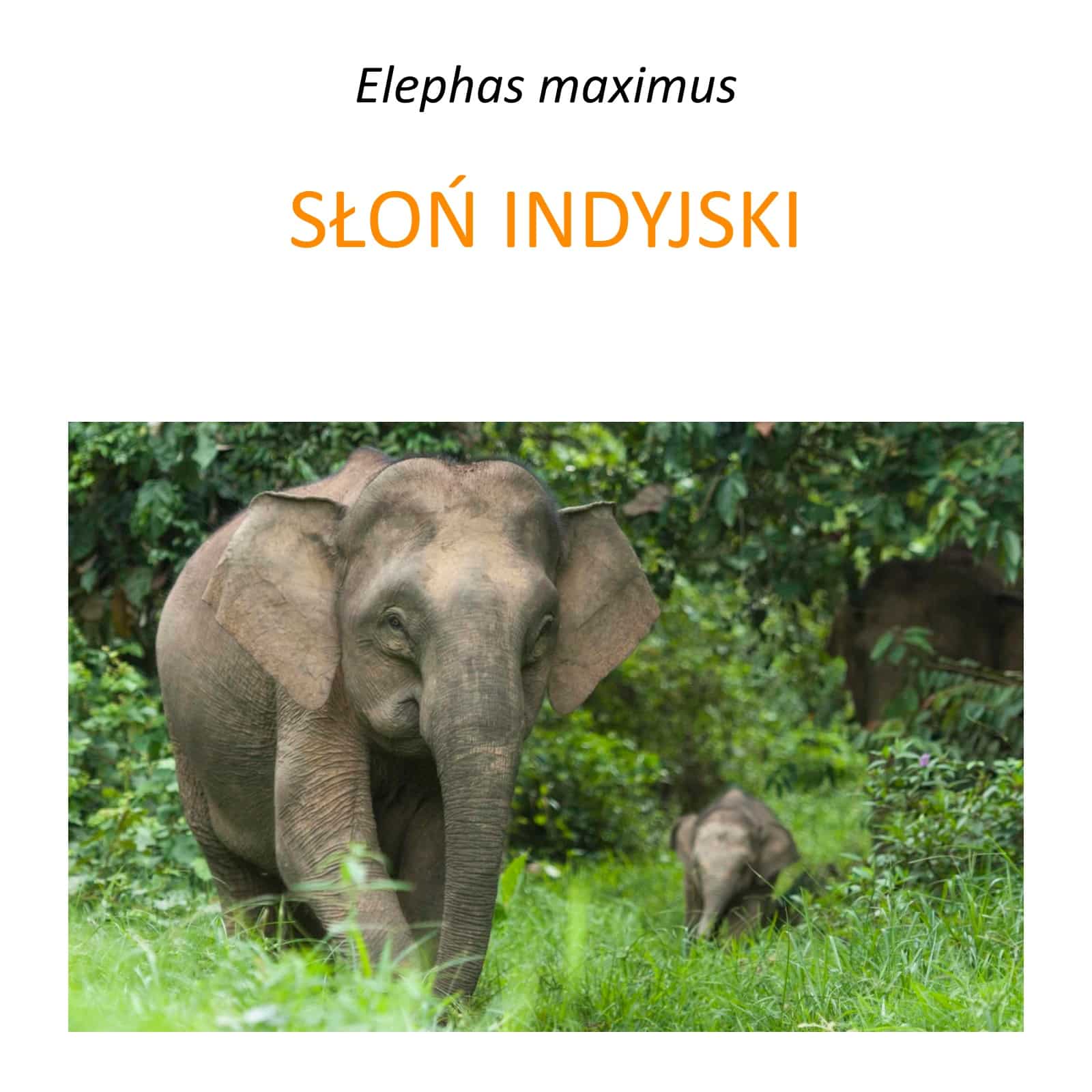Visayan Warty Pig Conservation Program
Description
Species name: Visayan warty pig
Latin name: Sus cebifrons
Country: Philippines
Project website: www.talarak.org
In all likelihood, less than 200 Visayan warty pigs remain in the wild in the Philippines – making them one of the rarest of the wild pigs. It is an endemic species native to the Western Visayas region, once widespread, now its range is limited to two islands: Negros and Panay. The decline in the number of the species – practically to the brink of extinction – is caused by human expansion – the logging of forests in order to obtain wood and land for farming. However, deforestation in the Philippines is not the only problem. The shrinking population of Visayan warty pigs is also exacerbated by hunting, not respecting the boundaries of national parks and hybridization with the domestic pig. Critically endangered Visayan warty pigs have lost over 95% of their natural range.
Visayan warty pigs have dark gray, gray or black bristles. It is dense and long on the head and along the spine, longer in males. Animals raise this “mane” when they are scared or excited. Due to their rebellious hairstyles in zoos, they are often named after famous musicians (eg. Elvis, Sid, Vivienne). There are characteristic white spots around the eyes and snout. Despite the name of the species, warts on the face of these pigs are very small and only occur in males.
Like other species living on the islands, they do not reach large sizes (up to 90 cm in length, 30-70kg), males are larger than females.
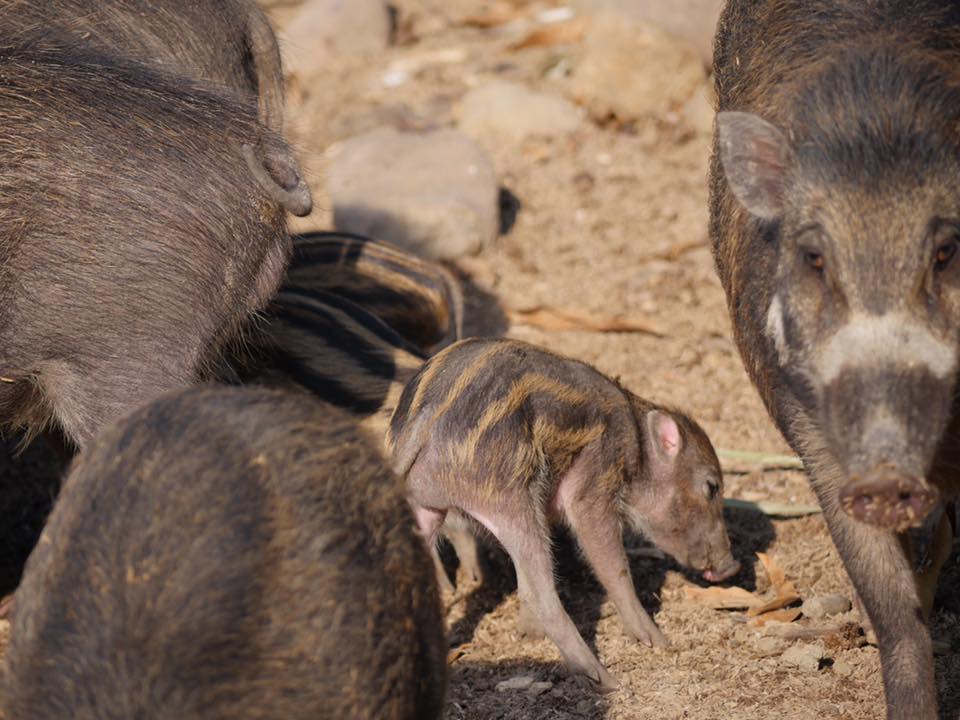
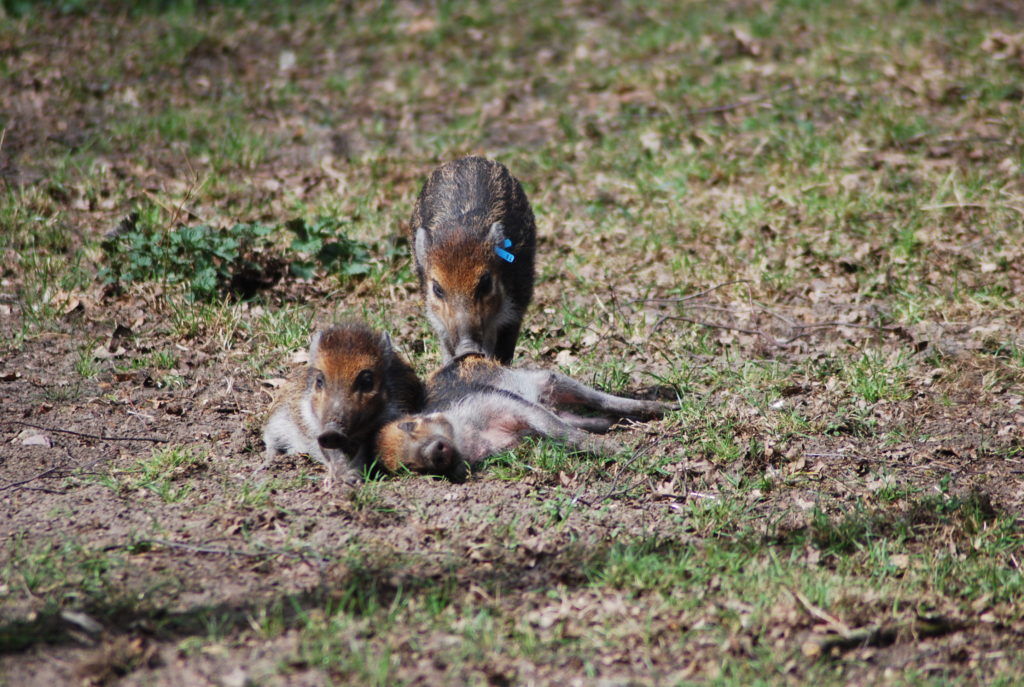
Little is known about the behaviour of this species in nature. Visayan warty pigs forage in dense forests, forming herds of three to a dozen animals. The groups consist of an adult male and 3-4 adult females with their young. Females give birth to piglets in the nests they have prepared, lined with vegetation. They give birth to one to five piglets in one litter. The piglets’ hair is striped and the stripes begin to fade after about 6 months. Males are territorial, they actively defend their territory against other herds of pigs or predators. They can swim very well. They are omnivores, feeding mainly on fruits, leaves and invertebrates. Due to human activity and the loss of natural habitats, they also look for food in areas where palm trees, avocados or taro are grown.
It has been known for a long time that pigs are extremely intelligent animals, but did you know that they can use tools? In a zoo in Paris, the pig Priscilla and her two daughters have been observed using a piece of bark as a spatula to prepare a nest. The male Billie was much worse at it;). Details can be found here: https://tinyurl.com/yy2k8kpp
What we do
We financially support the activities of the Talarak Foundation, which works on the Philippines to rescue, rehabilitate and protect threatened local species and runs a program for the protection of the Visayan warty pig. In total, there are over 60 Visayan warty pigs in the breeding centres run by the Talarak Foundation.
Talarak also carries out conservation education with the public, schools, local government bodies and local community members, and works to build capacity in forest wardens and implement laws to protect Philippine wildlife. The foundation’s main breeding centre, Negros Forest Park in Bacolod, is open to the public.
The main goal and mission of the Talarak Foundation is to enable the return of endemic species to the natural environment. Therefore, in addition to managing healthy populations of Philippine endemic wildlife, they also conduct field studies and set up camera traps. The research aims to estimate the range of species and populations size. The results of these studies will enable the designation of new areas of protection and reintroduction. Currently, Talarak is in the early stages of developing a conservation translocation and reintroduction programme.
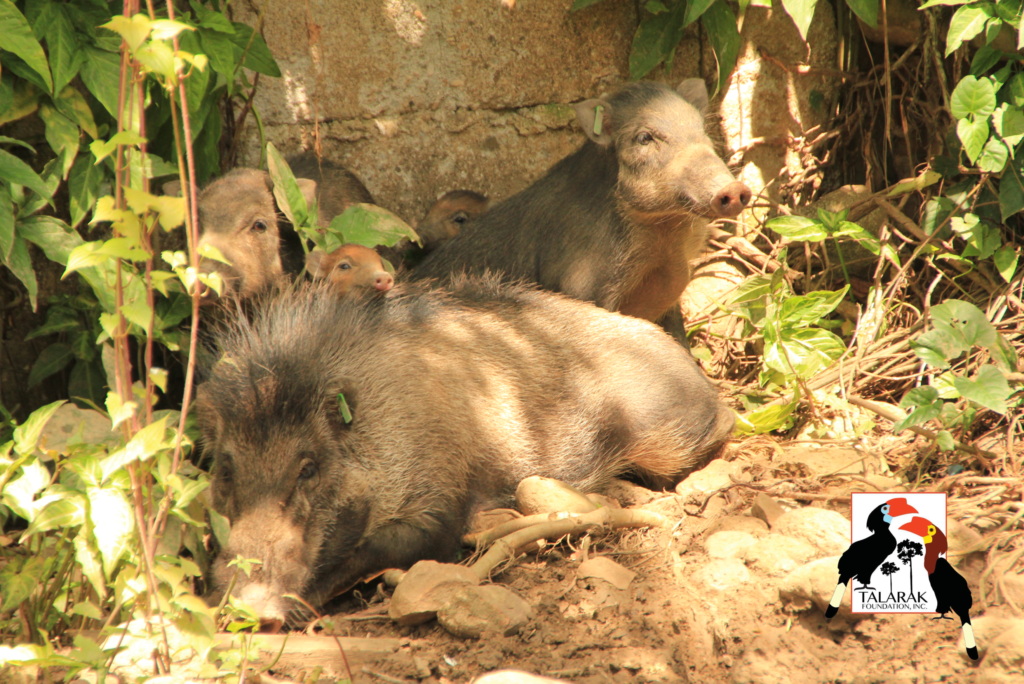
Below you can watch the videos taken by the Talarak Foundation’s wildlife camera traps, capturing the footage of the wild Visayan warty pigs on the island of Negros in the Philippines. The camera traps are tied to trees and contain a motion sensor and night vision. The footage shows wildlife that would not otherwise be seen just by walking through the forest.





